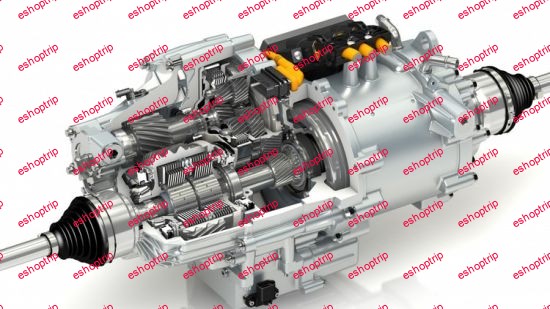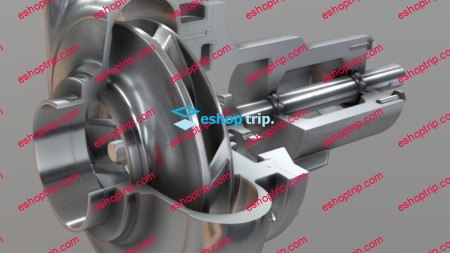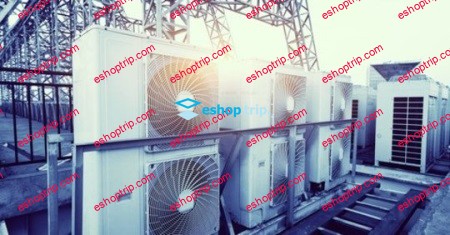Genre: eLearning | Language: English | Duration: 5 lectures (2h 11m) | Size: 941 MB
Advanced Level – Case studies on electric powertrain technology of automotive OEM’s
What you’ll learn:
Electric Vehicle Drive system Targets
Interior PM Magnet Motors and Induction Motors
Magnet Arrangements & Impacts on Motor Performance
Physical Design Changes for Efficiency Improvement
Light Weight design and manufacturing Techniques for EV propulsion motors
System Integration & Impacts on NVH
Advanced Motor Sensor applications for EV’s and HEV’s
Requirements
Should have basic knowledge on electric vehicle as only case studies from different car manufacturers are covered in this training
Or Should have attended our basic to intermediate training
Description
The participant will be able to understand the power train level targets to be met by automotive manufacturers in the upcoming years and its effect on development of E motors.
Electric Drive system Targets
CO2 footprint and driving forces for electrification.
This section will discuss on various measures taken by the research team of Nissan motors for improved electric powertrain performance and efficiency.
Evolution of Nissan Leaf – 2011 to 2013 to 2018
Interior PM Magnet Motors and Induction Motors
Magnet Arrangements & Impacts on Motor Performance
Reduction of rare earth elements for motor magnets
Physical Design Changes for Efficiency Improvement
Light Weight design and manufacturing Techniques for EV propulsion motors
System Integration & Impacts on NVH
Sensitivity Analysis & NVH Optimization
NVH Optimization and its Effects on motor torque & acceleration performance
Harmonic Content of Radial Force Density
Optimization of Slot, slot liner, Poles & Winding
The General Motors Cadillac Hybrid uses Two motors for the powertrain. Induction and PMSM Motors. Here the participants will be able to understand the background of this motor selection strategy
Impacts on Efficiency of motor and inverter system
Understanding the usage profile of the Induction and PMSM Machines for Hybrid Vehicle applications
Strategies for torque ripple reduction of the induction and PMSM drives
This section focuses on the key sensor technology applied by the automotive manufacturers in their electric and hybrid vehicle powertrains.
Advanced Sensor applications for Better Control of EV’s and HEV’s
Selection Criteria for Position sensors
Sensor mounting methodologies and its significance on accuracy
Sensor Angle Calculation and Error Definition
Comparison of Peak to Peak mechanical angle error
Exemplary illustration of a resolver rotor position signal processing system.
Who this course is for
Students, faculty and professionals from Electrical , mechanical or electronics Engineering background.











Reviews
There are no reviews yet.